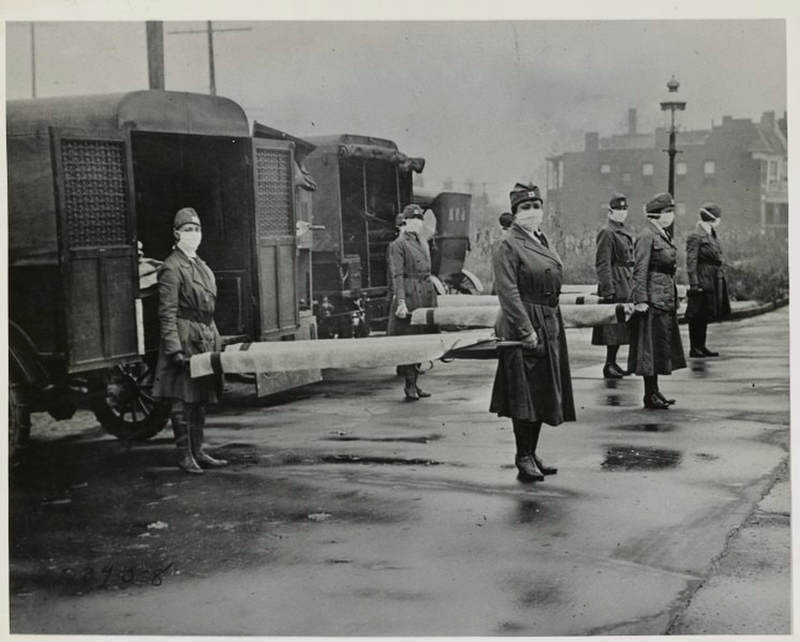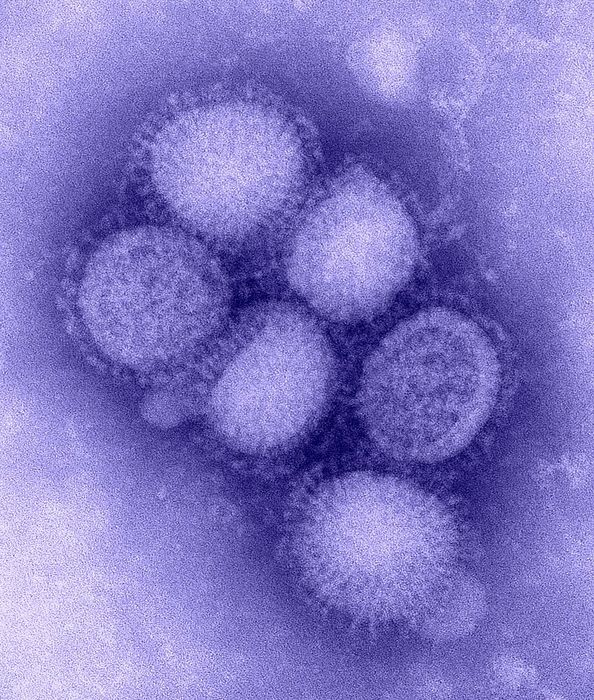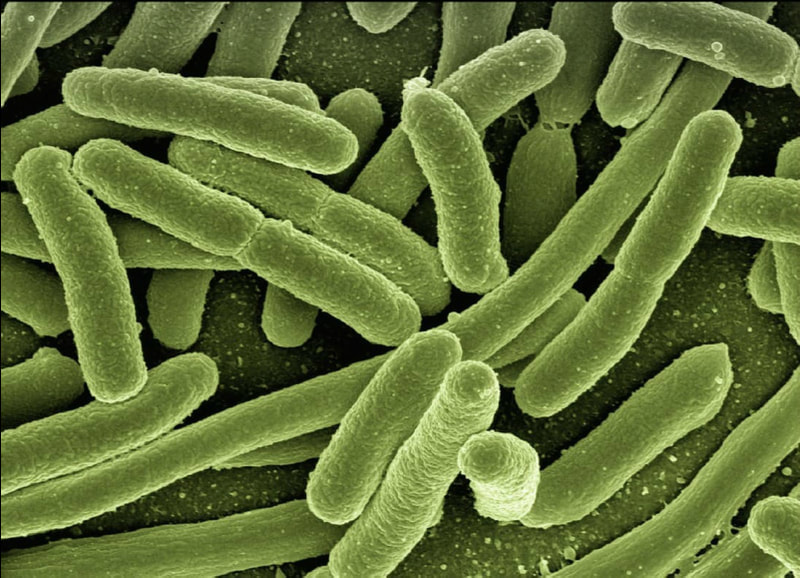Why the Flu Pandemic of 1918 Still Matters in 2018
The key to saving millions of lives during future influenza pandemics may lie in the markers of the H1N1 strain that devastated the world a century ago. It is critical to study the destructive flu strains of the past, assessing what biological and sociopolitical factors contributed to their abnormally high mortality rates in order to prevent future deaths.
Under normal circumstances, the elderly and infants have the highest mortality rates for influenza. During the 1918 pandemic however, young adults aged 15 to 30 had unusually high mortality rates. Although this is still not completely understood, it is likely that the immune system of young adults played a significant role in increasing mortality rates. It has been theorized that either the H1 and/or N1 influenza virus was present in the human population before 1889. Those over the age of 30 in 1918 would therefore have the appropriate, or cross-reactive, antibodies to protect against 1918’s H1N1. However, those under the age of 30 were immunologically naive, or missing the key antibodies against H1, even if they had antibodies protecting against other strains.
In addition, people who contracted the flu in the years leading up to the 1918 pandemic were actually worse off. This suggests that antibodies not only had to be present, but also specifically be able to target the influenza strain present. With this knowledge in mind, the first batch of vaccines administered during the comparatively mild 2009 H1N1 outbreak were given to young people. The elderly were already protected as a result of the antigenically related A/H1N1 that circulated prior to 1957. These past experiences suggest that vaccine education and strategic distribution will be a vital component in shaping the global battle against flu.
Under normal circumstances, the elderly and infants have the highest mortality rates for influenza. During the 1918 pandemic however, young adults aged 15 to 30 had unusually high mortality rates. Although this is still not completely understood, it is likely that the immune system of young adults played a significant role in increasing mortality rates. It has been theorized that either the H1 and/or N1 influenza virus was present in the human population before 1889. Those over the age of 30 in 1918 would therefore have the appropriate, or cross-reactive, antibodies to protect against 1918’s H1N1. However, those under the age of 30 were immunologically naive, or missing the key antibodies against H1, even if they had antibodies protecting against other strains.
In addition, people who contracted the flu in the years leading up to the 1918 pandemic were actually worse off. This suggests that antibodies not only had to be present, but also specifically be able to target the influenza strain present. With this knowledge in mind, the first batch of vaccines administered during the comparatively mild 2009 H1N1 outbreak were given to young people. The elderly were already protected as a result of the antigenically related A/H1N1 that circulated prior to 1957. These past experiences suggest that vaccine education and strategic distribution will be a vital component in shaping the global battle against flu.
Image Source: "H1N1 influenza virus" by the Centers for Disease Control and Prevention is licensed under public domain
Other factors that contributed to the severity of the 1918 pandemic were widespread malnutrition and co-infection with bacterial pathogens in soldiers returning home from World War I. Evidence suggests that malnutrition may assist the development of novel viral variants, which make the strain of influenza more contagious. As for the latter, soldiers’ high exposure to unhygienic conditions led to higher rates of bacterial infections, creating an especially deadly combination when paired with influenza. Preventing antibiotic resistance and improving world nutrition will be key in controlling the severity of future flu pandemics. In terms of non-pharmaceutical interventions, good hygiene practices, such as hand washing, have demonstrated to be the most effective technique in limiting the spread of the flu while a new vaccine is in development.
Today, the identification of the etiological agent, or cause, of influenza has drastically improved speed and accuracy of diagnosis. Still, many challenges remain in the development of new flu vaccines, both in achieving coverage for multiple flu strains and in ensuring the quick distribution of vaccines under pandemic conditions. Studies of the H1N1 virus of 1918 will likely be necessary to produce a long-lasting, effective flu vaccine.
The factors that induced the 1918 influenza pandemic can be used to construct global strategies that can mitigate and ultimately eliminate future flu pandemics. Governments and organizations should account for the immune status of young people, antibiotic resistance, vaccine rates, public nutrition, and public hygiene to decrease flu severity. As an individual, everyone can play their part by being vaccine compliant, maintaining good hygiene practices, and eating healthy.
Today, the identification of the etiological agent, or cause, of influenza has drastically improved speed and accuracy of diagnosis. Still, many challenges remain in the development of new flu vaccines, both in achieving coverage for multiple flu strains and in ensuring the quick distribution of vaccines under pandemic conditions. Studies of the H1N1 virus of 1918 will likely be necessary to produce a long-lasting, effective flu vaccine.
The factors that induced the 1918 influenza pandemic can be used to construct global strategies that can mitigate and ultimately eliminate future flu pandemics. Governments and organizations should account for the immune status of young people, antibiotic resistance, vaccine rates, public nutrition, and public hygiene to decrease flu severity. As an individual, everyone can play their part by being vaccine compliant, maintaining good hygiene practices, and eating healthy.
Featured Image Source: "St. Louis Red Cross Motor Corps on duty Oct. 1918 Influenza epidemic" by The Library of Congress is licensed under public domain
RELATED ARTICLES
|
Vertical Divider
|
Vertical Divider
|
Vertical Divider
|






